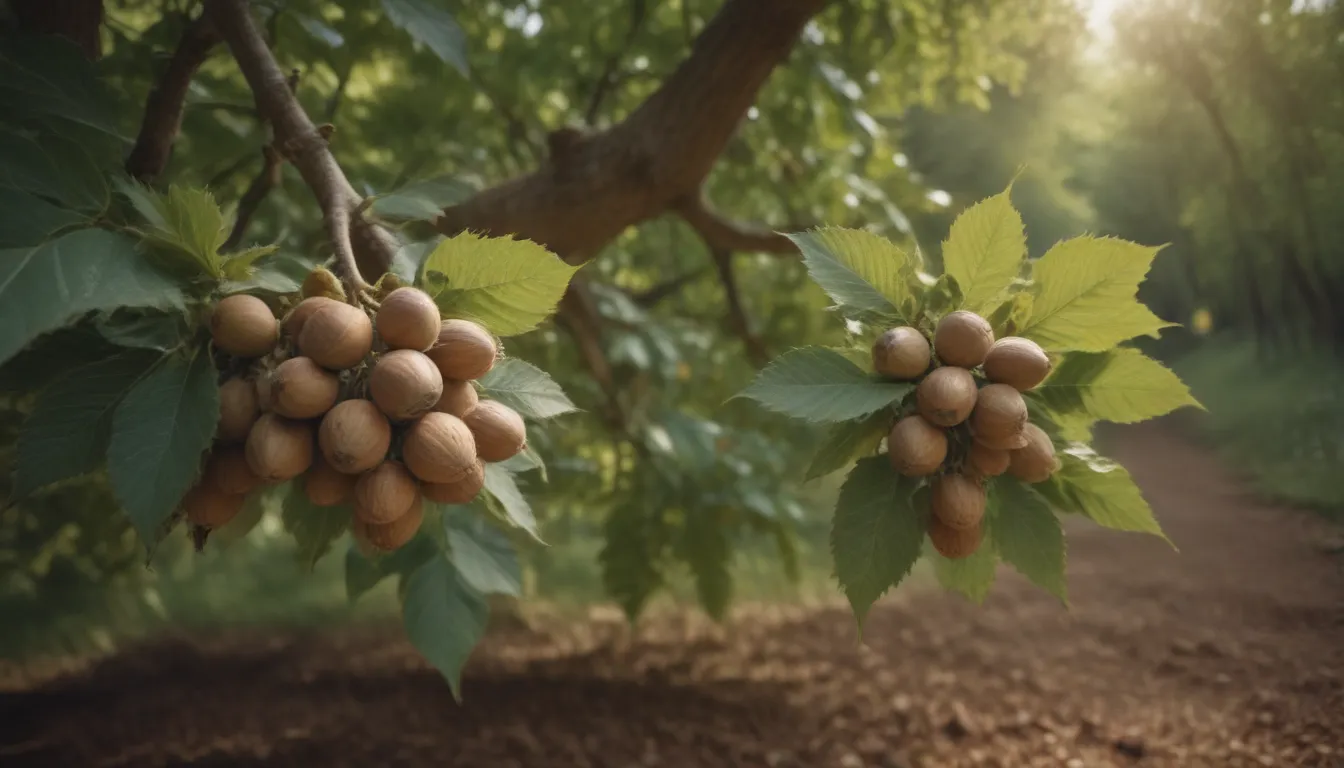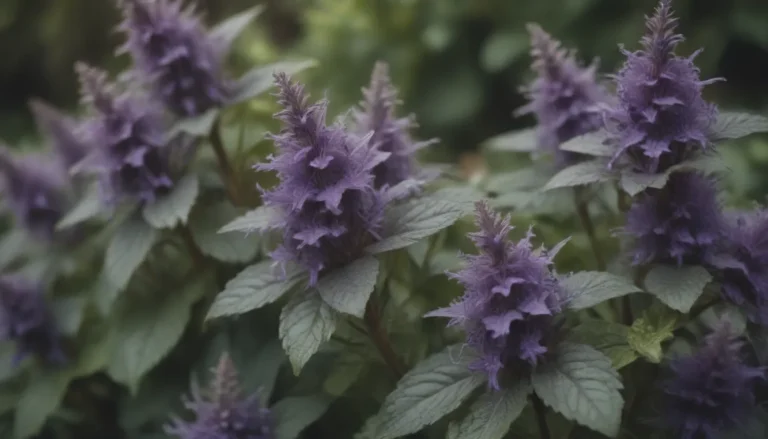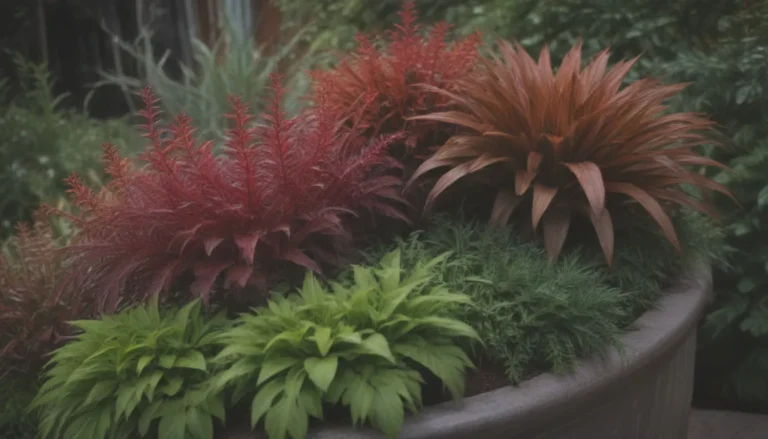Everything You Need to Know About Growing and Caring for Hazelnut Trees

If you’re looking to add a delicious and ornamental tree to your garden, then look no further than the European hazelnut tree. Also known as filberts, hazelnut trees not only produce tasty nuts but also add visual appeal to your landscape. In this comprehensive guide, we’ll cover everything you need to know about growing and caring for hazelnut trees, from planting to pruning, and even harvesting.
Planting Hazelnut Trees
When to Plant
Plant hazelnut trees during their dormancy period, which is typically in late winter or early spring.
Selecting a Planting Site
Choose a location that receives at least 8 hours of full direct sunlight daily. The soil should be rich, well-drained, and slightly acidic with a pH between 6.3 and 6.8.
Spacing, Depth, and Support
- Space hazelnut trees 15 to 18 feet apart.
- Dig a hole wide and deep enough to accommodate the J-shaped root system.
- Spread out the roots and cover them with soil, leaving the top root exposed.
- Water deeply and use a mesh tree guard to protect young plants from wildlife.
Caring for Hazelnut Trees
Light
Plant your hazelnut tree in a location that receives full sun most of the day for optimal flower and nut production.
Soil
Hazelnut trees prefer sandy loam soils that drain well to avoid issues with root rot.
Water
Keep your hazel tree well-watered, especially during dry periods, to ensure healthy growth and fruit production.
Temperature and Humidity
Hazelnuts thrive in temperate climates in USDA zones 4-8 and prefer moderate temperatures and low humidity.
Fertilizer
Apply organic slow-release fruiting tree fertilizer in the fall for the best blooms and fruit production.
Pollination
To ensure good nut production, plant at least two different varieties of hazelnut trees for cross-pollination.
Harvesting Hazelnuts
- Ripe nuts will drop on their own over a few weeks.
- Collect nuts regularly or shake the tree gently to harvest them.
Tips for Pruning Hazelnut Trees
- Remove suckers to maintain a neat appearance and facilitate harvesting.
- Use the cuttings for crafts like basketry or wreath-making.
- Avoid removing branches that protect the trunk from sun exposure.
Propagating and Overwintering Hazelnut Trees
- Hazelnut trees are typically propagated through layering or grafting.
- Follow nursery recommendations for overwintering in colder climates.
Common Pests and Diseases
- Look out for Eastern filbert blight, a serious fungal disease that can affect hazelnut trees.
- Select disease-resistant cultivars to minimize pest and disease issues.
Types of Hazelnuts
In North America, the European hazelnut, American hazelnut, and beaked hazelnut are popular choices for nut production. Cross-pollination between different varieties can lead to improved nut quality and disease resistance.
With proper care and maintenance, hazelnut trees can be a rewarding addition to your garden, providing both beauty and tasty nuts for years to come. Whether you’re a seasoned gardener or a beginner, hazelnut trees are a great choice for any landscape. So, go ahead and plant a hazelnut tree today and enjoy the fruits (or nuts) of your labor!





